America’s biggest retail chain is introducing cutting-edge automation distribution centers as part of plans to boost e-commerce capacity in their grocery departments, as more and more people choose Walmart as their source of fresh produce and food.
5 New Centers

Walmart plans to build five automated distribution centers that will give a significant boost to efficiency and productivity in its stores, according to a company announcement on Wednesday.
Storing and Managing Goods
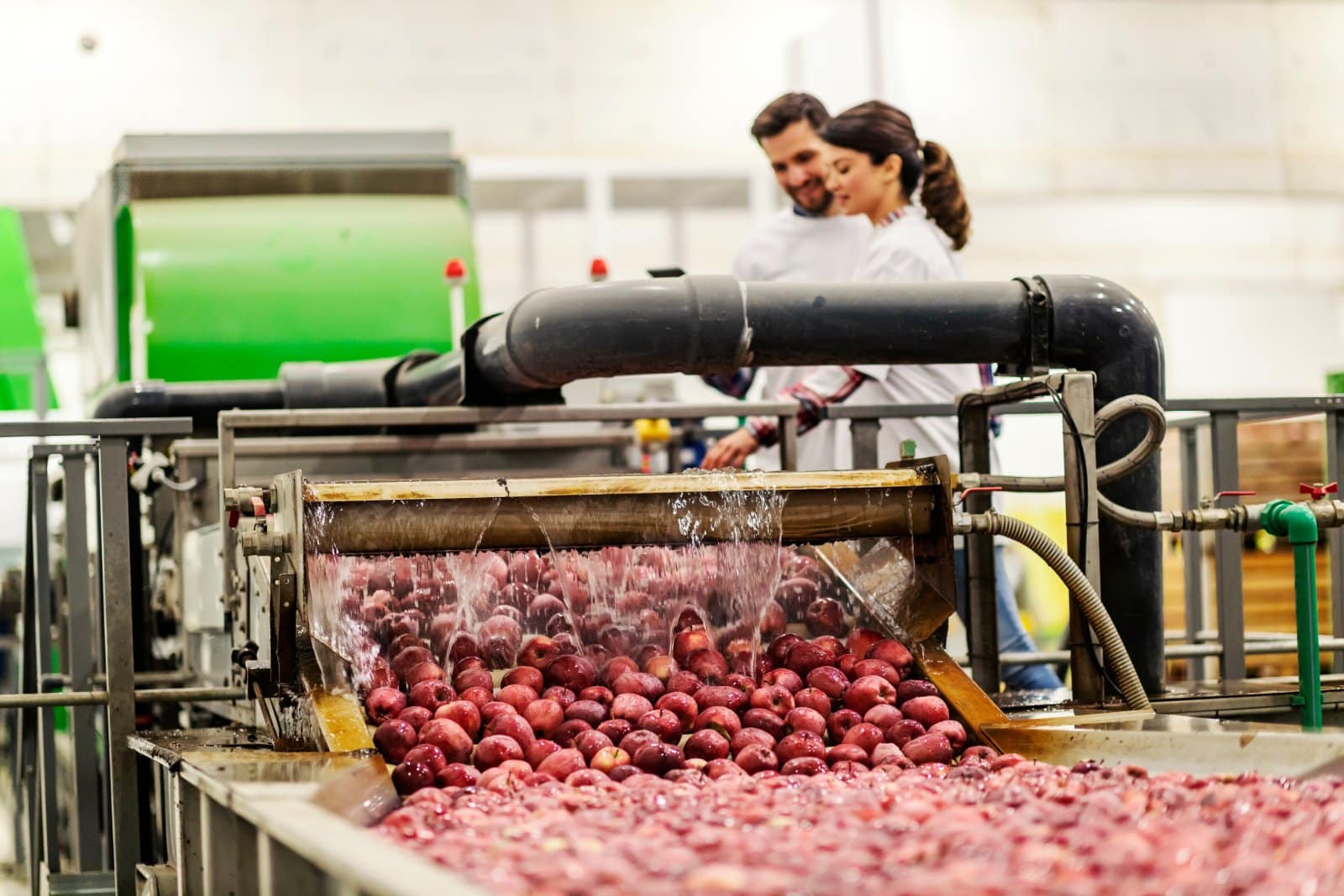
In the press release these facilities were described as “brand new high-tech perishable distribution centers,” that will allow Walmart to more efficiently store and manage perishable items, including produce and frozen goods.
Growing Grocery Department

The new development is a clear bid to bolster the company’s grocery department, which has taken off in recent years as many more customers flock to the retail chain for fresh produce and other food items.
Storage and Retrievals
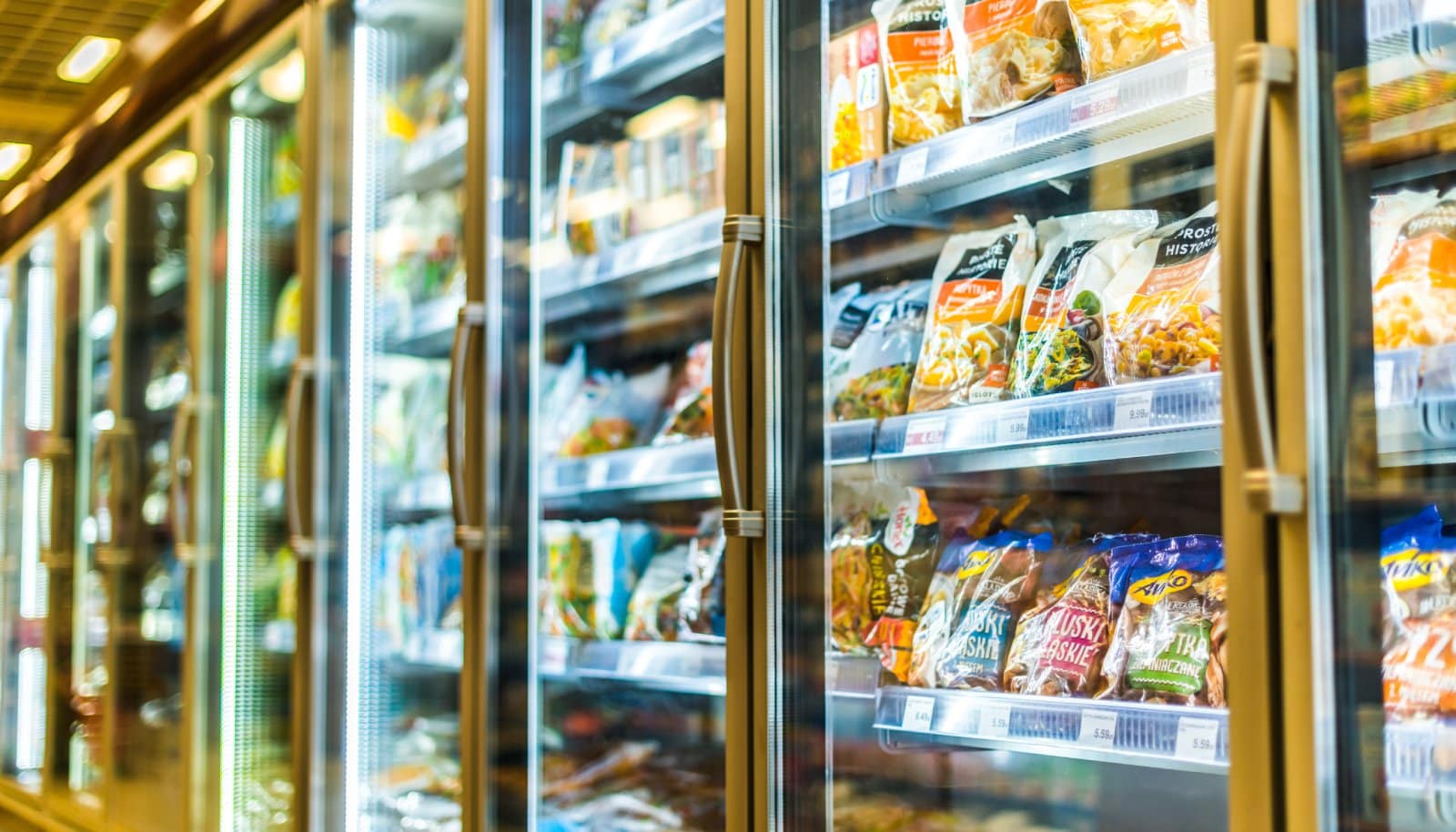
Automation technology will be used to store and retrieve products such as fresh strawberries and frozen chicken nuggets that will then be sold either online or in stores.
Double the Numbers

Walmart believes these centers will potentially double the number of orders that can be processed in a manually operated distribution center, leading to more growth in the grocery sector, which has proven to be immensely profitable.
Online Orders Pick Up

The retail chain is already the leading grocer in the US, but its numbers are increasing, and existing customers are also becoming more likely to order groceries online, pick up their orders in store parking lots, and pay to have them delivered.
22% Gains in E-Commerce

In the last quarterly earnings call, Walmart reported a 22% increase in e-commerce gains due to deliveries and store pickups. Automated distribution will increase its speed, efficiency, and capacity to fulfill these online orders.
Major Move to Automation

Automation and modernization of the supply chain have become major goals for the retail chain, extending to its fulfillment centers, which are responsible for packing and shipping online orders.
No Longer Stacked by Humans

The process of stacking, storing, and packaging items is no longer the work of humans, but Walmart has emphasized that these facilities will still require many workers, particularly automation experts and technicians.
“More Enjoyable and Satisfying Roles”

“Associates who have transitioned into these new roles tell us they are more enjoyable and satisfying, while also often resulting in higher base pay,” the press release stated.
Easier to Track Inventory

Dave Guggina, who is executive vice president of the company’s supply chain, believes that more automated facilities will help the company to better track its inventory, which in turn will make store supply faster.
Transparent Processes

“We know what we own, in what quantity, and where it is, all in near real-time,” Guggina told CNBC reporters.
Significant Improvements

“And we know that at a level of proficiency that is significantly improved than what we’ve been able to achieve with manual processes or legacy software,” he continued.
700,000 Square Foot Facilities
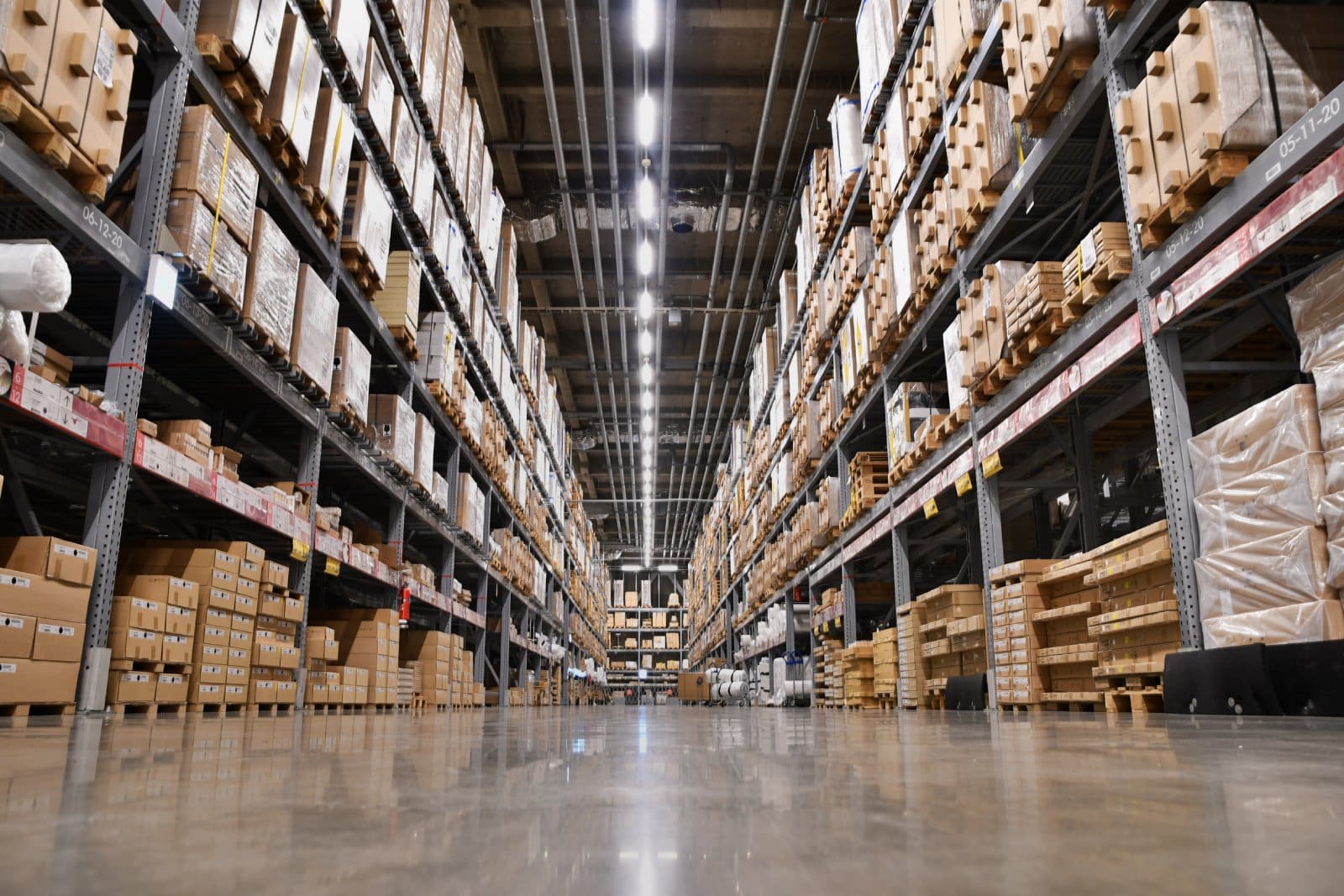
Each facility will be 700,000 square feet and is expected to bring in around 2,000 jobs each to their respective communities and connected supply chain network.
One Already Operating
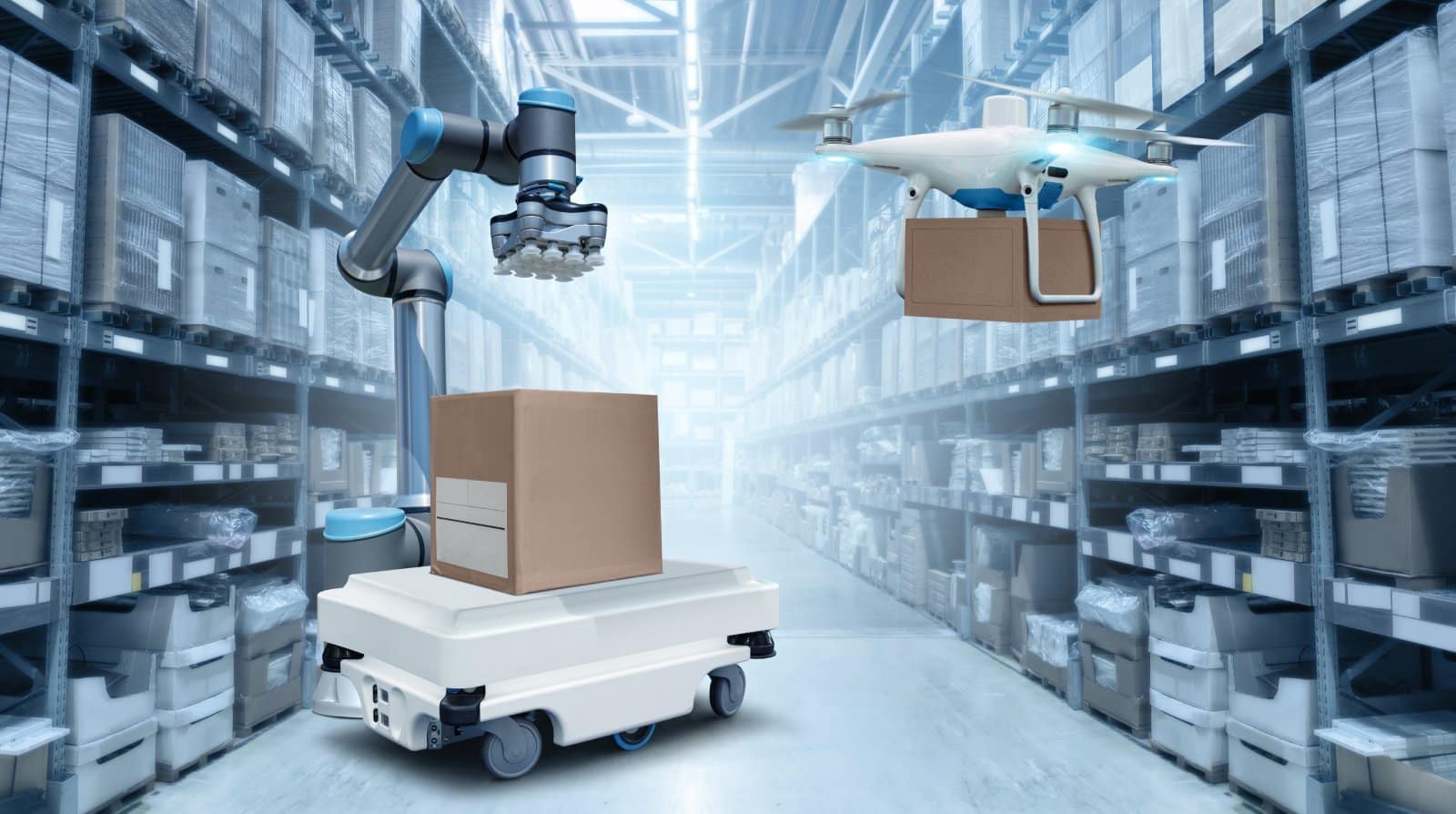
Of the five automated distribution centers, one is already up and running and has been in operation since 2021.
The Second is Starting
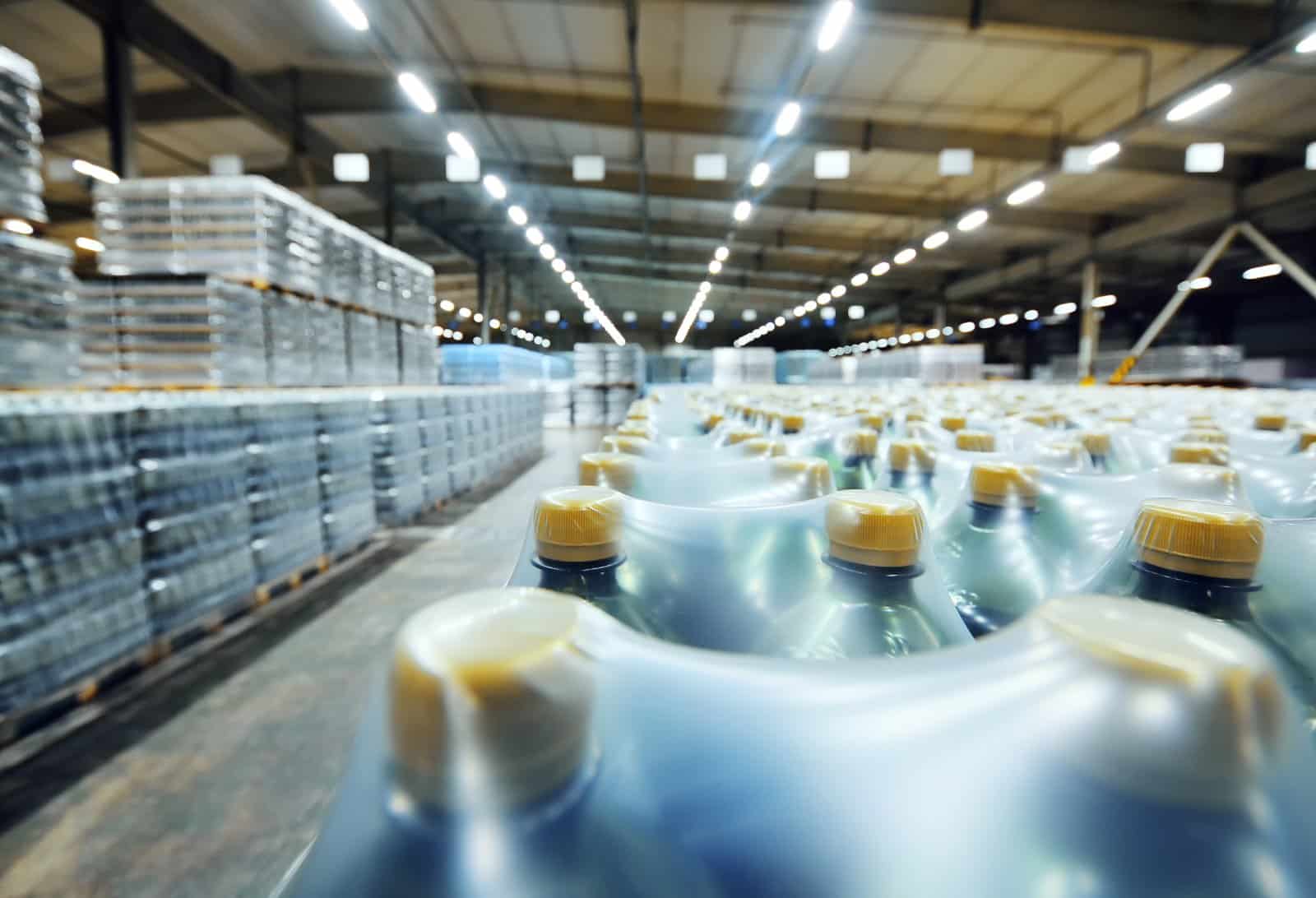
The second, located in Lancaster, Texas, is already built and preparing to begin operations. The remaining three will be built in Wellford, South Carolina; Belvidere, Illinois; and Pilesgrove, New Jersey.
Three More to Come

Automation won’t be the only new feature of these distribution centers – they will have twice the storage capacity and will be able to handle twice the volume of traditional facilities.
$22 Billion Capital Expenditures

These facilities are part of extensive development plans this year, as Walmart expects to spend 3 to 3.5% of its net annual sales – approximately $22 billion – on expenditures. This is almost twice as much as its average annual spending of $12 billion in recent years.
“Supply Chain Modernization Journey”

The press release also announced other plans for its “supply chain modernization journey,” including the expansion of four pre-existing traditional distribution centers, which would add 500,000 feet to each site.
Upgrading and Retrofitting

The company will also upgrade and retrofit a perishable distribution center in Winter Haven, Florida, as part of an experiment to integrate cutting-edge automation technology with existing grocery buildings.
Remote No More: 19 Companies Returning to the Office

As the pandemic wanes, companies are recalling remote workers back to the office, sparking debates on fairness, costs, and convenience. However, there are also notable productivity, coworking, and mental health benefits to consider. Feeling the effects of these changes? Remote No More: 19 Companies Returning to the Office
8 Costco Must Buys and 8 to Leave Behind

Ever wandered Costco’s aisles, questioning if that giant jar of pickles is a real bargain? Or debated buying tires where you get your rotisserie chicken? Welcome to the definitive guide to Costco shopping—a journey to save money, prevent regrets, and offer quirky insights into bulk buying. 8 Costco Must Buys and 8 to Leave Behind
23 Reasons Texas Is the Next Big Thing

Texas is becoming a beacon of opportunity, blending cultural heritage with economic growth. From its landscapes to its industries, the Lone Star State offers a dynamic lifestyle. Here are 23 reasons why Texas stands out, attracting entrepreneurs, artists, tech professionals, and families seeking new beginnings. 23 Reasons Texas Is the Next Big Thing
Featured Image Credit: Shutterstock / Sundry Photography.
The content of this article is for informational purposes only and does not constitute or replace professional financial advice.

